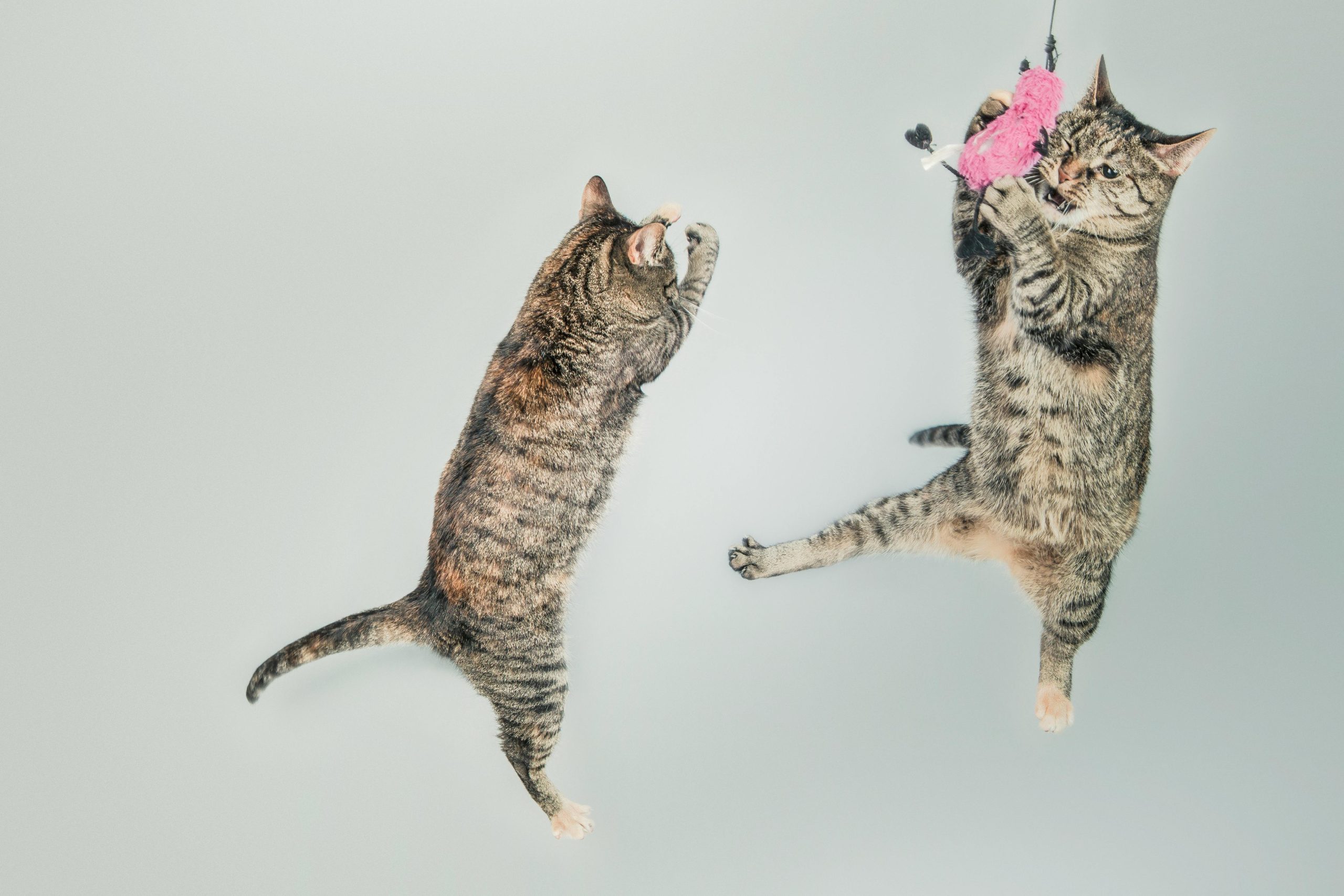Troubleshooting Serious FPS Drops on the Acer Swift 16 AI While Gaming
Introduction
The Acer Swift 16 AI is a sleek and powerful laptop designed to deliver excellent performance for both productivity and multimedia tasks. However, many users encounter issues when attempting to run demanding applications, such as video games. Recently, one user reported a significant drop in frames per second (FPS) while gaming on the Acer Swift 16 AI, prompting an investigation into potential causes and solutions.
The Issue: Sudden FPS Decline During Gameplay
The user initially experienced smooth gameplay, with FPS reaching around 120 when playing War Thunder. Suddenly, the FPS plummeted to as low as 5, severely impairing gameplay and user experience. This drop persisted despite checking system resource utilization, which appeared normal.
System Monitoring and Resource Usage
Using the AcerSense application—a proprietary software tool for device monitoring—the user observed that both CPU and RAM utilization were at 0%. Such readings suggest that the system is not actively throttling or overloading, making the problem less straightforward and indicating that other factors may be at play.
Potential Causes and Troubleshooting Strategies
- Thermal Management and Cooling System
Despite having a cooling fan, the user reported not hearing it operate, which raises concerns about thermal regulation. Overheating can cause the system to throttle performance heavily to prevent damage, leading to FPS drops. It is advisable to:
- Verify whether the cooling fan is functioning correctly.
- Monitor system temperatures using dedicated tools such as HWMonitor or MSI Afterburner.
-
Ensure that vents are unobstructed and the device is operating in a cool environment.
-
Graphics Processing Unit (GPU) Behavior
Since gaming is GPU-intensive, check if the GPU is active and functioning optimally:
- Use the GPU monitoring tools to verify activity levels.
- Update GPU drivers to the latest version from the manufacturer’s website.
-
Adjust in-game graphics settings to see if lowering them stabilizes FPS.
-
Power Settings and Performance Modes
The laptop’s power profile can influence performance:
- Set power plans to “High Performance” in Windows settings.
- Disable any power-saving modes that might limit performance.
-
Ensure that the laptop is plugged in, as battery mode can limit capabilities.
-
Background Processes and Software Conflicts
Background applications can interfere with gaming performance:
- Use Task Manager to identify and close unnecessary processes.
- Scan
Share this content:



